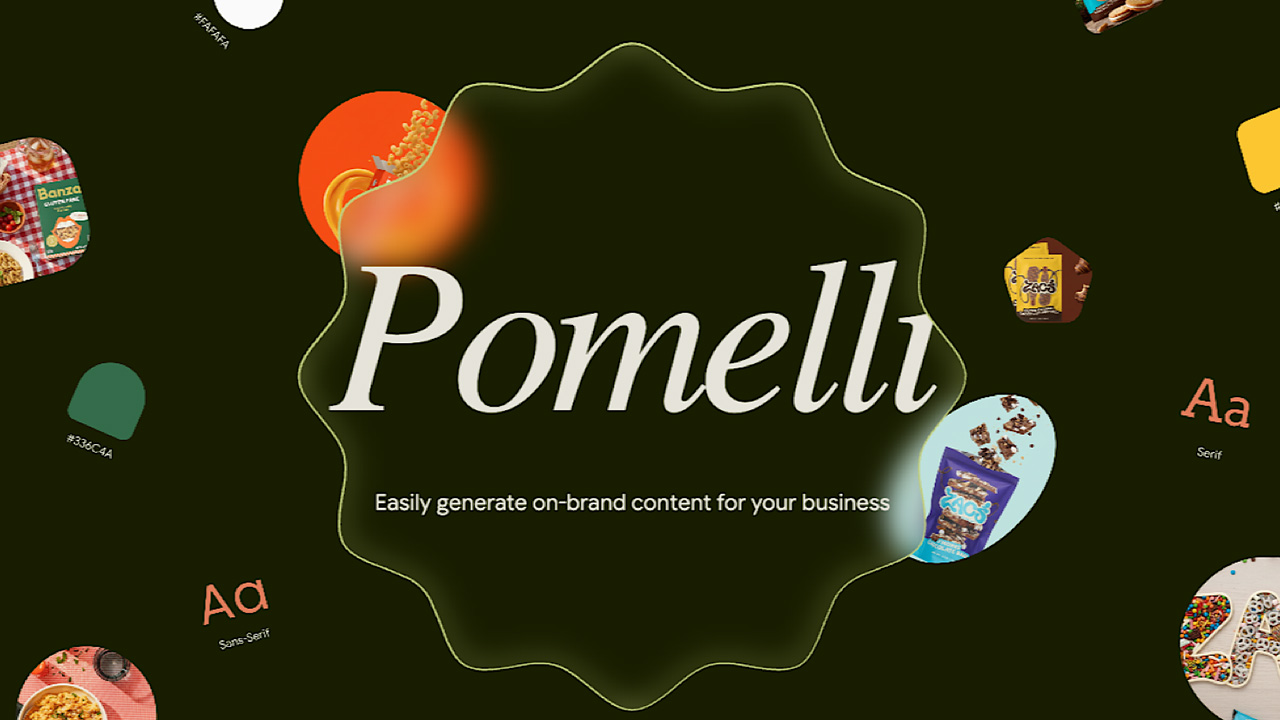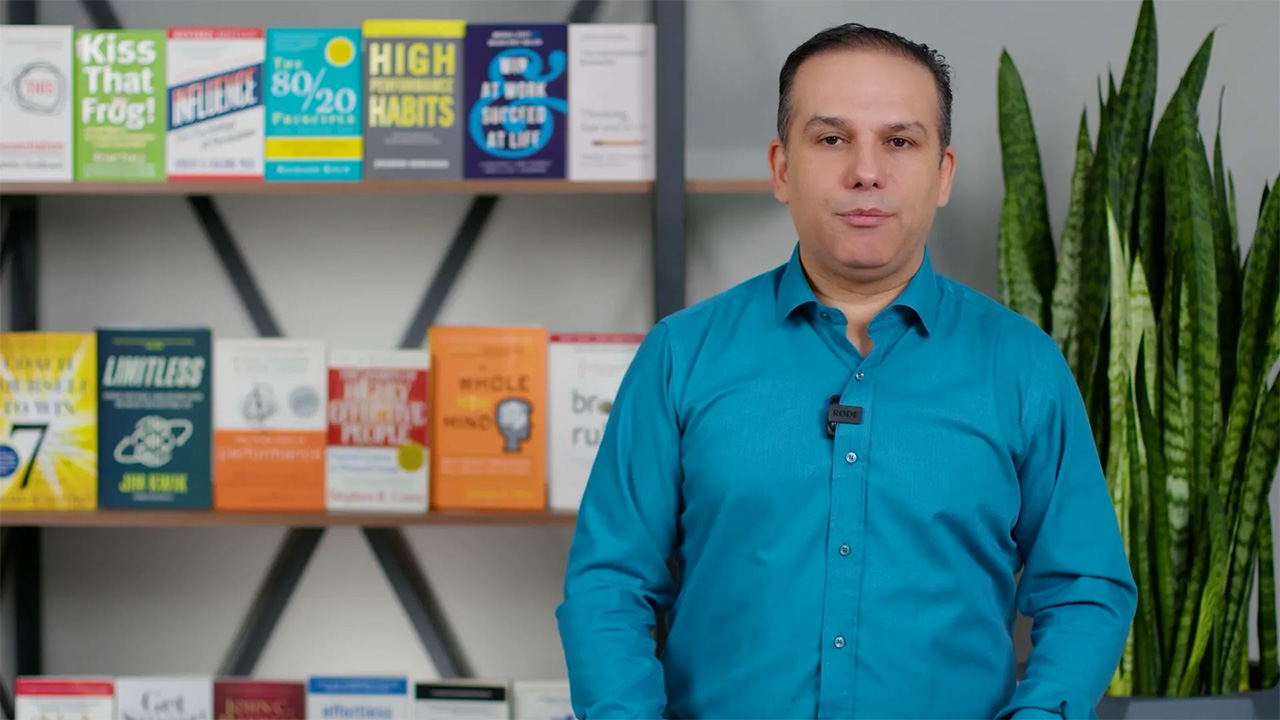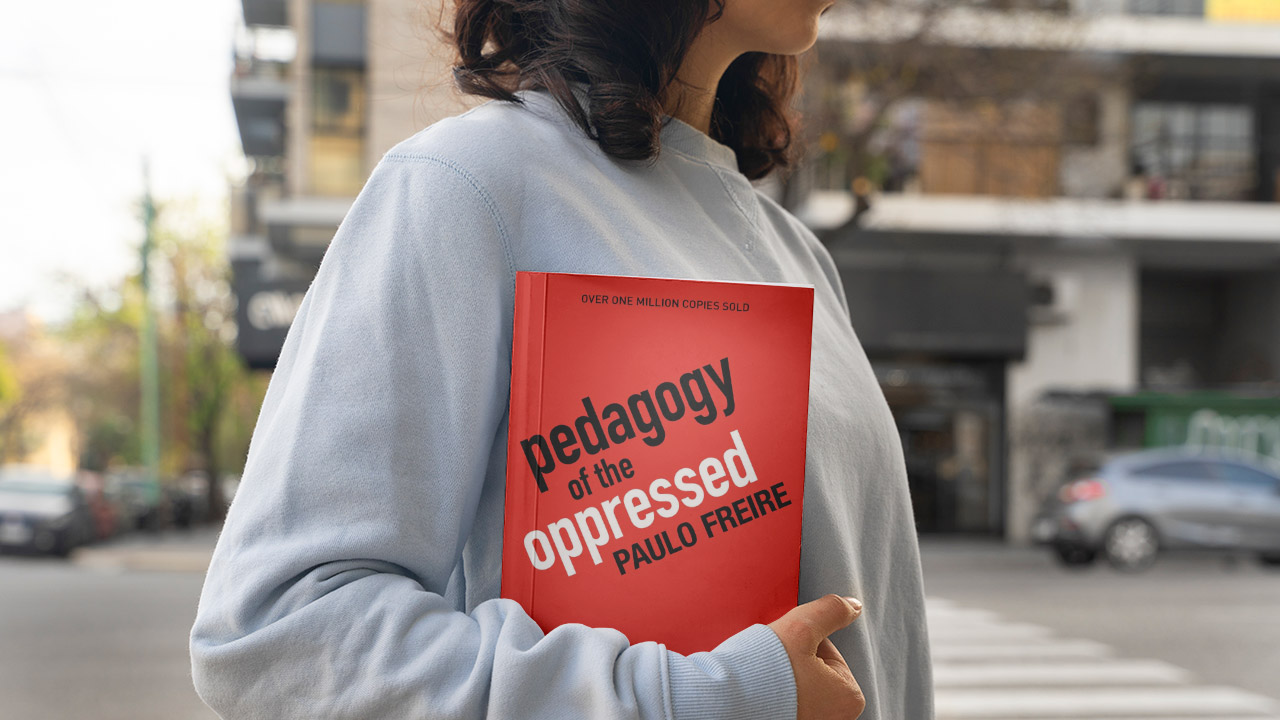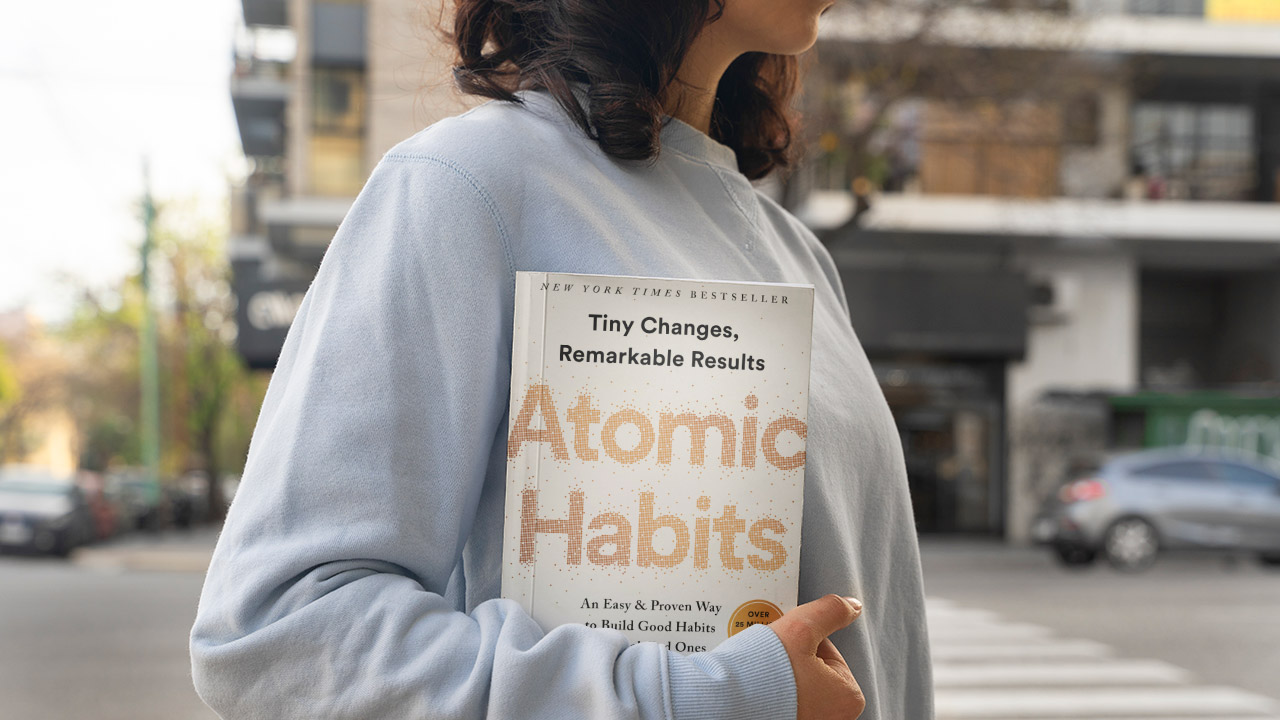Contents
Just when you thought you had to choose between the creativity of human strategists and the speed of AI writers, the hybrid workflow emerges as a game-changer. By integrating the intuitive capabilities of humans with the efficiency of AI, you can optimize your content creation process like never before. This collaborative approach not only enhances productivity but also enriches the quality of your output. Dive into how you can leverage this dynamic combination to achieve maximum efficiency in your projects.
Key Takeaways:
- Integrating human strategists with AI writers enhances creativity and ensures high-quality content through a synergy of human insight and technological efficiency.
- The hybrid workflow streamlines the content creation process, allowing teams to produce larger volumes of work in shorter timeframes while maintaining accuracy and relevance.
- Adopting this approach fosters a collaborative environment where human expertise can guide AI capabilities, leading to optimized results that cater to diverse audience needs.
The Synergy of Human Insight and Machine Precision
The blend of human insight and machine precision creates a dynamic content creation environment where each plays a pivotal role. By leveraging the strengths of both, you can produce compelling, relevant content that resonates with your audience while meeting tight deadlines.
The Role of Human Strategists in Content Creation
Your human strategists infuse content with empathy, creativity, and a nuanced understanding of your target audience. They assess emerging trends, understand customer pain points, and bring a deep contextual awareness that informs content direction and tone. This human touch ensures that your messaging strikes the right chord and encourages genuine connections with readers.
How AI Writers Enhance Creative Processes
AI writers support the creation process by generating data-driven suggestions and producing high-quality drafts at high speed. This capability allows you to scale your content output and experiment with different ideas rapidly, providing a wider range of options for your human strategists to refine.
AI writers excel at analyzing large datasets to identify trending topics, relevant keywords, and even optimal posting times, allowing you to stay ahead in a competitive landscape. Rather than replacing your strategic vision, they become a reliable partner in your creative journey. Imagine drafting multiple blog post variations within minutes or generating compelling social media captions that resonate with your audience. By automating these repetitive tasks, you free up valuable time for your strategists to focus on higher-order thinking and planning, leading to even more innovative campaigns.
Unpacking the Workflow: Steps to Integration
Establishing a seamless hybrid workflow requires a methodical approach that balances human creativity with AI capabilities. Integrating these two elements involves a series of steps designed to maximize productivity while minimizing redundancy. From identifying tasks appropriate for AI automation to structuring collaborative models, each aspect contributes to a cohesive system that enhances efficiency and drives results.
Identifying Tasks for AI Efficiency
Start by pinpointing specific tasks where AI excels, such as generating content outlines, conducting preliminary research, or handling repetitive writing assignments. These areas allow you to leverage your human team’s strategic thinking while freeing them from mundane tasks. By focusing on your AI’s strengths, you empower your team to concentrate on nuanced aspects like tone, voice, and detailed analysis that require human touch.
Structuring Collaborative Workflows
A well-defined collaborative workflow ensures that both AI and human team members complement each other’s strengths. This involves setting clear expectations for task assignments and delineating roles, creating a straightforward communication channel for sharing insights, and employing project management tools to track progress. For example, using platforms like Trello or Asana can help visualize the workflow, making it easier to identify bottlenecks and adjust tasks as necessary.
In practice, structuring these workflows means establishing a routine where AI handles initial drafts based on your strategic inputs, followed by human review for refinement and personalization. By maintaining an agile framework, you can swiftly adapt to changing project needs while iterating on ideas collaboratively. Regular check-ins foster a dynamic environment while keeping everyone aligned, enhancing overall output quality significantly.
Metrics for Success: Evaluating Hybrid Output
Quantifying the effectiveness of your hybrid workflow is vital for continuous improvement. A variety of metrics can help you assess both the quality of the content produced and the efficiency of the workflow. By closely monitoring these indicators, you can fine-tune the integration of human strategists and AI writers, ensuring that both aspects of the process contribute optimally to your goals.
Key Performance Indicators for Content Quality
Content quality can be measured through several key performance indicators (KPIs) such as engagement rates, readability scores, and conversion metrics. You might analyze how well your audience responds to AI-generated drafts versus those from human writers. Gathering feedback through surveys or A/B testing can help you pinpoint preferences and areas for improvement.
Assessing Time Savings and Productivity Gains
Evaluating time savings involves tracking how much faster projects are completed with AI assistance. By comparing turnaround times between purely human efforts and those enhanced by AI, you can identify significant savings in man-hours. For instance, if a traditional blog post took a week to research and write but now takes only three days with AI’s support, that’s a remarkable productivity gain that you can leverage.
To probe deeper into assessing time savings, consider deploying project management tools that keep detailed logs of time spent on each task. You can categorize activities by human efforts and AI involvement, enabling you to see exactly where time is being saved. For instance, projects that previously required extensive editing may now receive AI-generated drafts that require minimal adjustments. In practice, companies have reported productivity increases of up to 40% when blending human creativity with AI capabilities, ultimately allowing you to allocate resources more strategically while enhancing overall output quality and efficiency.
Navigating Ethical Considerations in Hybrid Workflows
Integrating AI into the creative process raises complex ethical questions that you must navigate carefully. Ensuring that your content maintains integrity while leveraging AI’s capabilities is vital for preserving your audience’s trust. Transparency about the role AI plays in content creation not only fosters authenticity but also invites dialogue regarding potential biases embedded in AI algorithms. By addressing these nuances upfront, you can create a workflow that honors human creativity and responsibly utilizes technological advancements.
Maintaining Authenticity and Voice
Balancing machine-generated content with your unique voice can be a challenge within hybrid workflows. You’ll need to infuse your genuine insights, emotions, and stylistic nuances into the content taking advantage of AI’s efficiency without sacrificing your brand’s authenticity. This ensures that your audience connects with your message on a personal level, reinforcing loyalty.
Addressing Accountability and AI Limitations
Understanding AI’s limitations is key in establishing accountability in hybrid workflows. While AI can generate vast amounts of content rapidly, it lacks the ability to discern context, tone, and emotional depth, which are often central to effective communication. Therefore, as a strategist, your role emerges not just as an overseer but as a vital gatekeeper who ensures that the final output aligns with ethical standards and meets your audience’s expectations.
Failing to recognize the limitations of AI can lead to potential pitfalls, including spreading misinformation or generating outputs lacking in substance or coherence. For instance, AI may misinterpret cultural references or create text that doesn’t resonate with your target demographic. Positioning yourself as a responsible mediator means reviewing AI-generated content meticulously, refining messages to encapsulate your brand’s essence while ensuring clarity and relevance. By doing so, you’ll maintain credibility and foster a more informed dialogue with your audience, enhancing trust and engagement.
The Future of Writing: Trends and Predictions
As AI continues to advance, the future of writing is set to undergo significant transformations. Increasingly, writers will embrace a collaborative approach, blending human intuition with AI efficiency. This hybrid model not only enhances productivity but also elevates the quality of content through data-driven insights. The next decade will likely see the emergence of more sophisticated AI tools that cater to niche markets, allowing you to create highly personalized and engaging content tailored to your specific audience.
Emerging Technologies Shaping Content Creation
Innovations such as natural language processing, machine learning, and generative design are paving the way for new opportunities in content creation. These technologies enable you to produce diverse formats quickly and efficiently, streamlining the writing process and reducing your workload. Platforms that integrate AI capabilities in real-time analytics and audience targeting will create personalized content strategies that resonate with your readers.
The Evolving Role of Human Writers in an AI-Dominated Landscape
In a landscape increasingly dominated by AI, human writers will shift from traditional roles to becoming curators of creativity and strategy. Your expertise will become even more valuable as you leverage AI capabilities to enhance storytelling while maintaining the authenticity and emotional resonance that only human touch can provide.
Emphasizing creativity and critical thinking will differentiate you from AI-generated content. While AI can analyze data and create basic narratives, it struggles with nuanced understanding and cultural context—elements that a skilled human writer excels in. For instance, writing that connects with readers’ emotions or reflects complex societal issues will continue to rely on your insight and experience. As a result, you will need to adapt by honing your skills in collaborating with these tools, ensuring that the uniqueness and depth of human expression are preserved in an age of AI-driven content creation.
Final Words
As a reminder, integrating human strategists with AI writers can significantly enhance your content creation process. By combining the creativity and insight of human expertise with the speed and efficiency of artificial intelligence, you can elevate your marketing strategy and achieve optimal results. Embracing this hybrid workflow allows you to leverage the strengths of both entities, leading to more impactful content that resonates with your audience while saving both time and resources. Consider implementing this approach to maximize the effectiveness of your content efforts.
FAQ
Q: What is the hybrid workflow and how does it integrate human strategists with AI writers?
A: The hybrid workflow is a collaborative approach that combines the creative insights of human strategists with the efficiency of AI writing technology. Human strategists provide the vision, context, and unique understanding of the target audience, while AI writers offer speed and scalability in producing content. By working together, they enhance the overall content creation process: strategists can focus on high-level strategy and messaging, while AI handles repetitive writing tasks. This synergy allows organizations to produce high-quality content efficiently, adapting to changing demands and reducing bottlenecks in content production.
Q: What are the benefits of using a hybrid workflow for content creation?
A: There are several benefits associated with the hybrid workflow. First, it significantly boosts productivity, as AI can generate drafts quickly, allowing human strategists to fine-tune and refine the content rather than starting from scratch. Second, it ensures higher quality outputs, as human insights help shape the tone and direction, while AI can analyze data and trends to suggest relevant topics. Lastly, this approach helps organizations be more adaptable, allowing them to respond to market shifts and audience needs more rapidly without sacrificing the quality of content.
Q: How can organizations implement a hybrid workflow effectively?
A: To implement a hybrid workflow effectively, organizations should start by identifying tasks that can be automated or streamlined through AI. Training is important—team members should be comfortable using AI tools while understanding how to leverage their insights creatively. Regular check-ins between human strategists and AI outputs will help maintain alignment on objectives and messaging. Additionally, feedback loops should be established, allowing for continuous improvement in the collaboration process. By fostering an environment where human creativity and AI efficiency coexist, organizations can maximize the impact of their content efforts.








